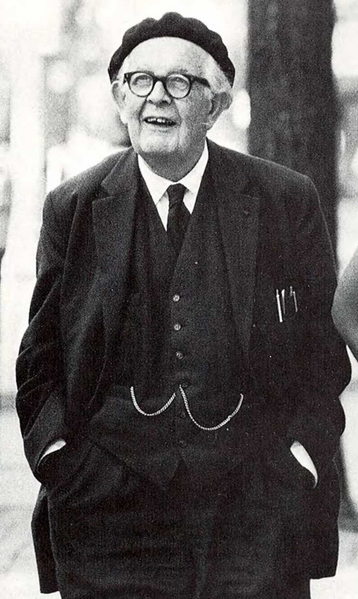Socialization is the means by which human infants begin to acquire the skills necessary to perform as functioning members of their society.
Key Terms
- socialization: The process of learning one’s culture and how to live within it.
“Socialization” is a term used by sociologists, social psychologists, anthropologists, political scientists, and educationalists to refer to the lifelong process of inheriting and disseminating norms, customs, and ideologies, providing an individual with the skills and habits necessary for participating within his or her own society. Socialization is thus “the means by which social and cultural continuity are attained.”
Socialization is the means by which human infants begin to acquire the skills necessary to perform as a functioning member of their society and is the most influential learning process one can experience. Unlike other living species, whose behavior is biologically set, humans need social experiences to learn their culture and to survive. Although cultural variability manifests in the actions, customs, and behaviors of whole social groups, the most fundamental expression of culture is found at the individual level. This expression can only occur after an individual has been socialized by his or her parents, family, extended family, and extended social networks.
The looking-glass self is a social psychological concept, created by Charles Horton Cooley in 1902, stating that a person’s self grows out of society’s interpersonal interactions and the perceptions of others. The term refers to people shaping themselves based on other people’s perception, which leads people to reinforce other people’s perspectives on themselves. People shape themselves based on what other people perceive and confirm other people’s opinion on themselves.
George Herbert Mead developed a theory of social behaviorism to explain how social experience develops an individual’s personality. Mead’s central concept is the self: the part of an individual’s personality composed of self-awareness and self-image. Mead claimed that the self is not there at birth, rather, it is developed with social experience.
Sigmund Freud was an Austrian neurologist who founded the discipline of psychoanalysis, a clinical method for treating psychopathology through dialogue between a patient and a psychoanalyst. In his later work, Freud proposed that the human psyche could be divided into three parts: Id, ego, and super-ego. The id is the completely unconscious, impulsive, child-like portion of the psyche that operates on the “pleasure principle” and is the source of basic impulses and drives; it seeks immediate pleasure and gratification. The ego acts according to the reality principle (i.e., it seeks to please the id’s drive in realistic ways that will benefit in the long term rather than bringing grief). Finally, the super-ego aims for perfection. It comprises that organized part of the personality structure, mainly but not entirely unconscious that includes the individual’s ego ideals, spiritual goals, and the psychic agency that criticizes and prohibits his or her drives, fantasies, feelings, and actions.
Different Forms of Socialization
Group socialization is the theory that an individual’s peer groups, rather than parental figures, influences his or her personality and behavior in adulthood. Adolescents spend more time with peers than with parents. Therefore, peer groups have stronger correlations with personality development than parental figures do. For example, twin brothers, whose genetic makeup are identical, will differ in personality because they have different groups of friends, not necessarily because their parents raised them differently.
Gender socialization Henslin (1999) contends that “an important part of socialization is the learning of culturally defined gender roles ” (p. 76). Gender socialization refers to the learning of behavior and attitudes considered appropriate for a given sex. Boys learn to be boys, and girls learn to be girls. This “learning” happens by way of many different agents of socialization. The family is certainly important in reinforcing gender roles, but so are one’s friends, school, work, and the mass media. Gender roles are reinforced through “countless subtle and not so subtle ways,” said Henslin (1999, p. 76).
Cultural socialization refers to parenting practices that teach children about their racial history or heritage and, sometimes, is referred to as “pride development. ” Preparation for bias refers to parenting practices focused on preparing children to be aware of, and cope with, discrimination. Promotion of mistrust refers to the parenting practices of socializing children to be wary of people from other races. Egalitarianism refers to socializing children with the belief that all people are equal and should be treated with a common humanity.





